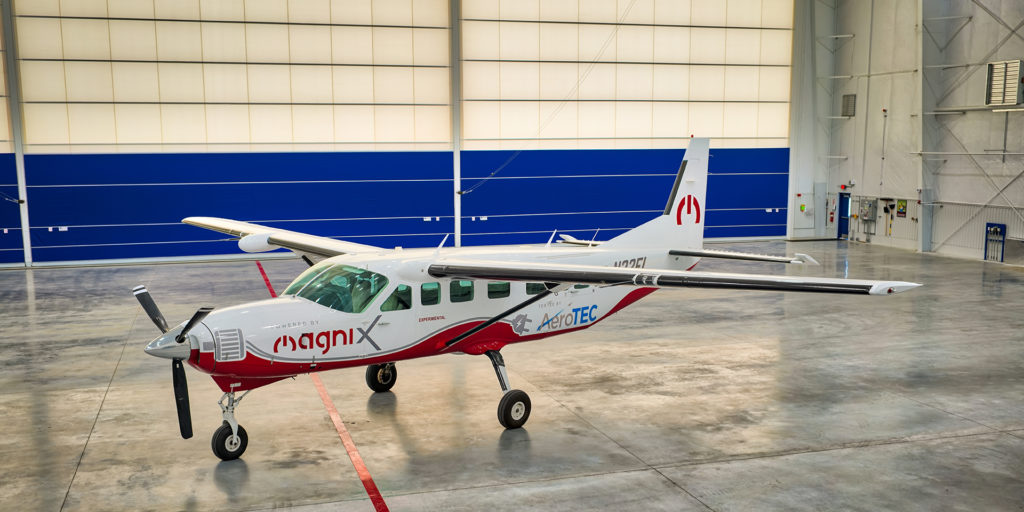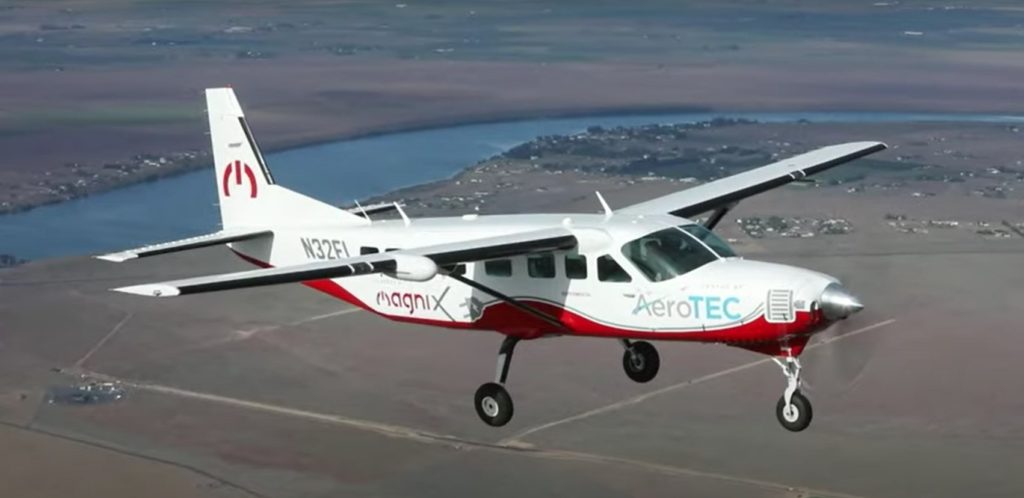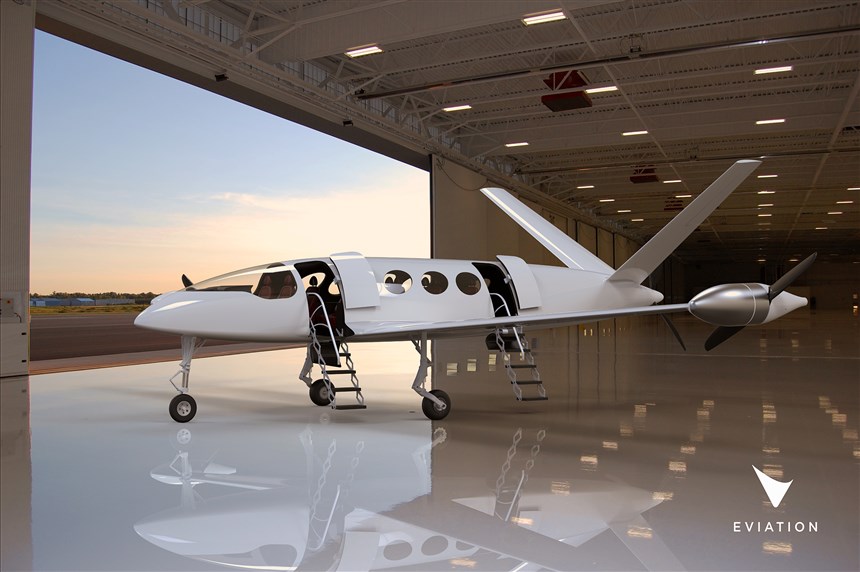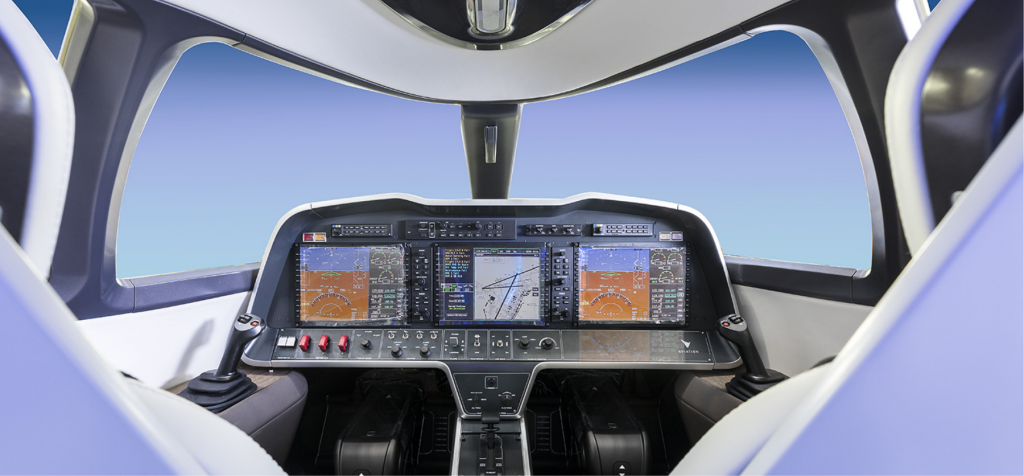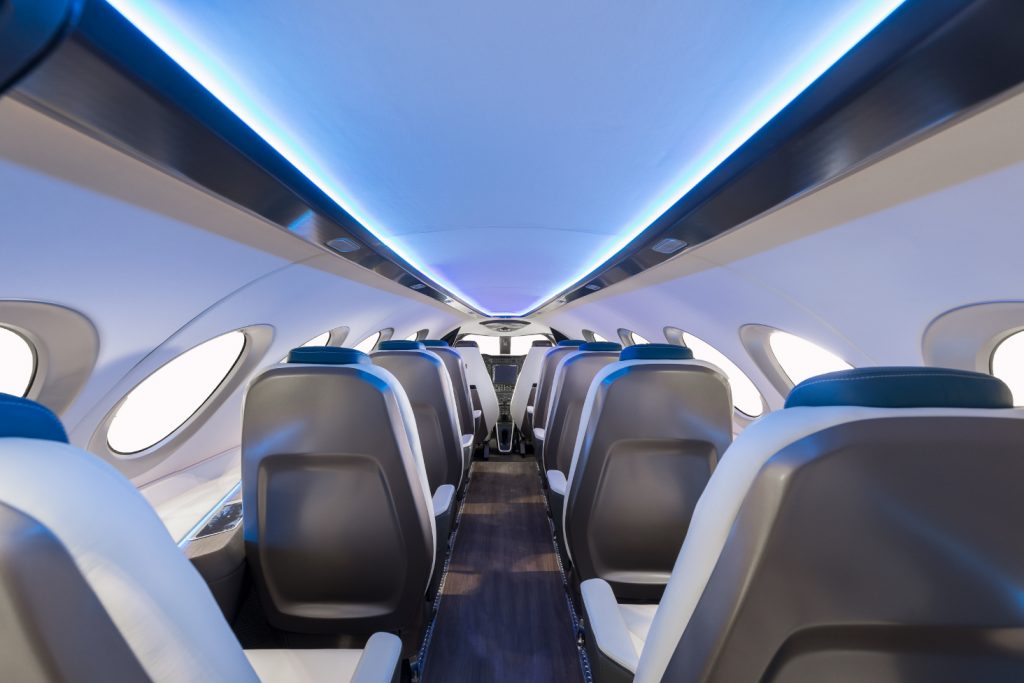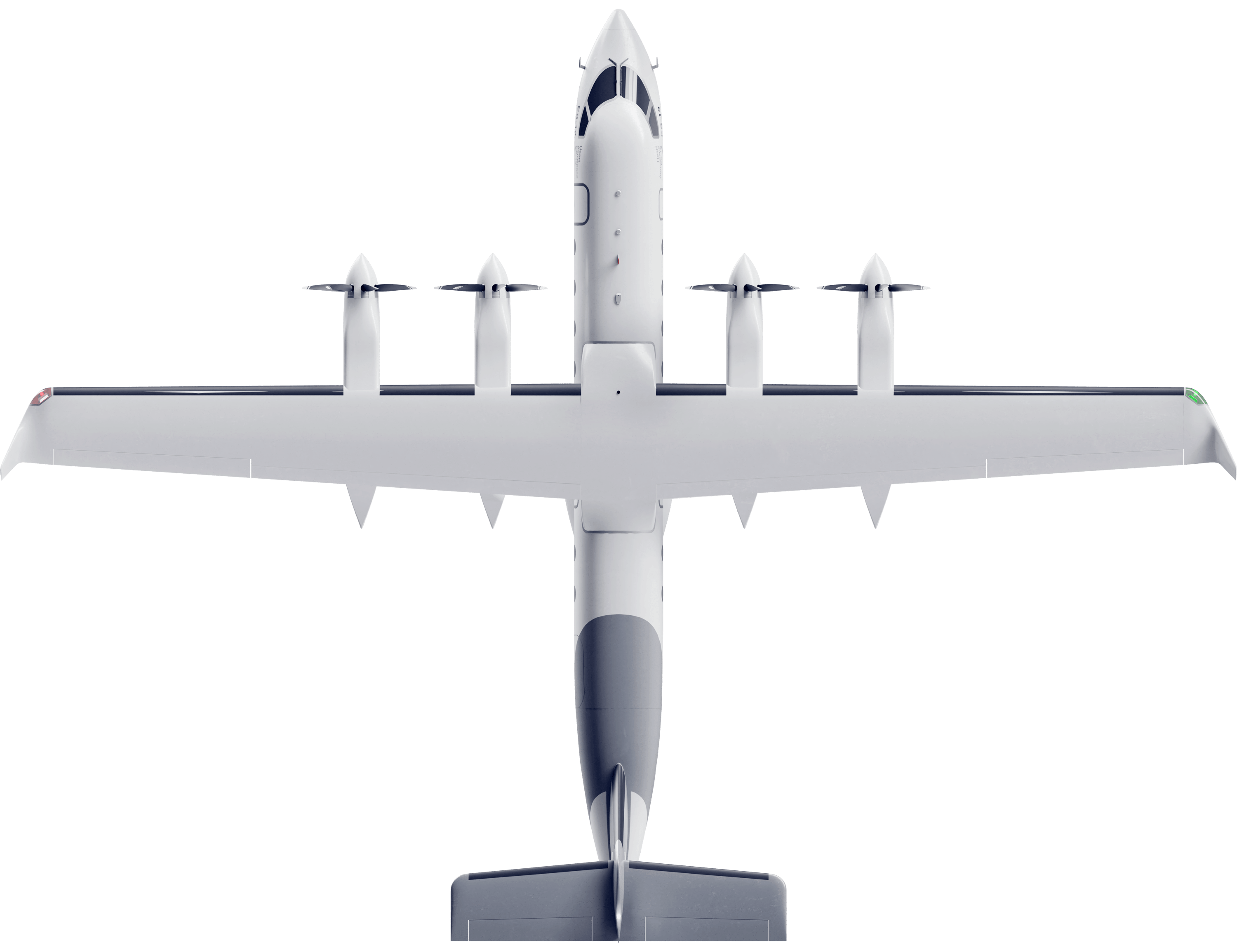
Heart Aerospace is a Swedish startup company developing an electric aircraft, the ES-19, a 19-passenger regional airliner, with four propellers. The ES-19 is planned to have a range of 400 kilometers, and to be able to recharge in less than 40 minutes. Heart plans to fly the aircraft in 2024 and have it certified by the end of 2026.
In 2021-03 Heart signed a letter of interest with Finnair which would allow the airline to purchase up to 20 ES-19 aircraft. In 2021-07 United Airlines and their sometime partner, Mesa Airlines, announced their intention to purchase 100 ES-19 aircraft, each.
Heart Aerospace is based in Göteborg, Sweden. It also has offices in Stockholm, Sweden and Palo Alto, California. Originally, it was part of the Electric Air Travel in Sweden (ELISE) project. It has funding from Sweden’s Vinnova innovation agency. For the ES-19 project, Heart Aerospace have backing from EQT Ventures, Breakthrough Energy Ventures (a venture fond started by Bill Gates in 2015 “to accelerate the development of sustainable energy and green technologies”), Mesa Airlines, United Airlines, and the European Innovation Council Green Deal Accelerator Programme. The governments of Sweden, Denmark, Norway, Finland, Iceland and Greenland have contributed about $1.4 million in funding.
While some might put the ES-19 in the same category as a de Havilland Canada DHC-6 Twin Otter, currently marketed as the Viking Air DHC-6 Twin Otter, perhaps because they carry the same number of passengers, and have a high-wing design, there are a number of differences. In addition to all-electric propulsion, the ES-19 has a modular design, with aluminium as the airframe’s base material. The fuselage has a non-cylindrical profile, to optimise internal space utilisation, with 1+1 seating. The cabin is pressurised, and the landing gear retractable. It is designed to operate from a 800 m long runway.
The Nordic Network for Electric Aviation, founded in 2019, includes national airport authorities (Avinor, Finavia and Sweavia) and five airlines (Air Greenland, Braathens Regional Airlines, Finnair, Icelandair and SAS). For example, in 2020-12 Iceland stated it plans to have carbon-free domestic flights by the end of 2029. Iceland’s compact size and short distances between population centres, makes it suitable for using first-generation electric aircraft. enthusiastic about the application of electric technology, especially in light of the island’s abundant geothermal and hydro-power green-energy resources. Swedish North Volt is also involved in battery development for the aircraft.
Distances between airports are longer in Norway and Sweden, and the number of passengers to be moved is higher. However, Norway plans to have all its domestic flights all-electric by 2040. It is considering subsidies and/ or tax incentives for individual routes.
United Airlines has stated that the aircraft can be used on about 100 different routes in USA, but none are mentioned by name.
For further information see: https://heartaerospace.com/


